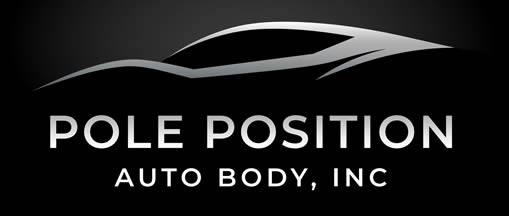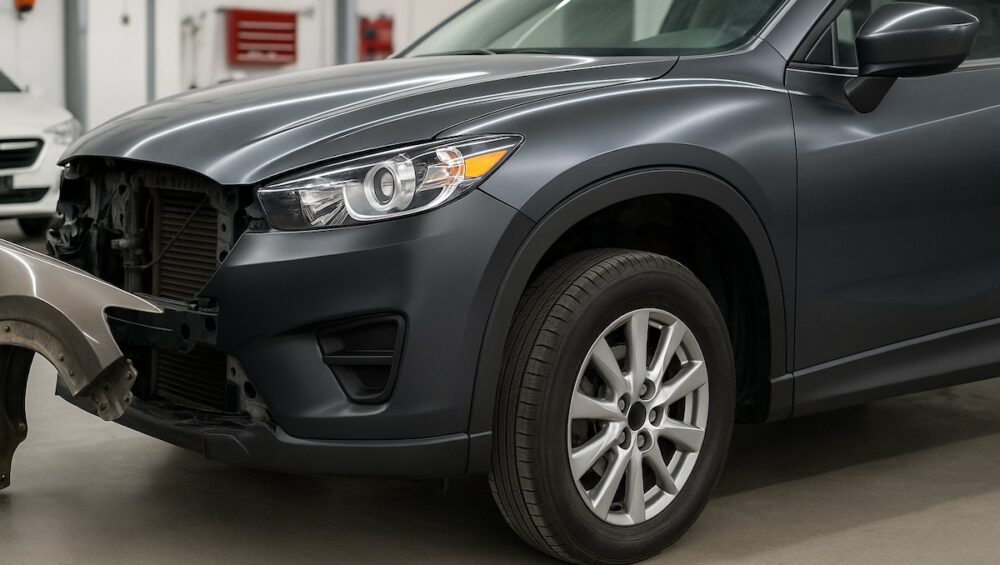After a collision, one of the biggest questions vehicle owners face is: “What parts will be used in the repair?” You might hear terms like OE replacement, OEM, or aftermarket—but what do they really mean, and how do they affect your vehicle’s safety, performance, and value?
This guide breaks down what OE replacement parts are, how they differ from other types of parts, and why they’re often used in collision repairs. If you’re navigating insurance claims or choosing a body shop, this information will help you make better decisions.
What Does OE Replacement Mean in Auto Parts?
OE Replacement Explained
“OE” stands for Original Equipment, which refers to the parts that came with your vehicle when it rolled off the assembly line. OE replacement parts are not necessarily made by the same manufacturer that built your vehicle—but they are designed to match the original specifications exactly.
In simple terms, an OE replacement part is a replica of the original part, designed to function and fit just like the one your car originally had. However, these parts are typically produced by third-party manufacturers instead of the vehicle brand itself.
OE vs OEM vs Aftermarket: What’s the Difference?
Understanding the difference between OE replacement, OEM, and aftermarket parts can save you time and money—and help you avoid misunderstandings during the repair process.
| Criteria | OE Replacement | OEM Parts | Aftermarket Parts |
| Manufacturer | Third-party, to OE specs | Original manufacturer (e.g., Ford) | Independent third-party companies |
| Quality | Matches OE standards | Factory-original | Varies (low to premium quality) |
| Branding | No car brand logos | Branded by an automaker | No automaker branding |
| Cost | Mid-range | Highest | Wide range |
| Warranty | Limited or none | Backed by a vehicle manufacturer | Depends on the seller |
| Fit & Compatibility | Excellent | Perfect | Varies—sometimes a poor fit |
Why OE Replacement Parts Are Common in Collision Repairs
1. Cost-Effectiveness
OEM parts tend to be expensive. OE replacement parts provide a more affordable solution while maintaining quality. That’s a major reason why many insurance companies prefer them—especially when OEM parts aren’t a required part of your policy.
2. Insurance Company Preferences
Most insurance providers cover repairs using OE replacement or aftermarket parts unless your policy specifically includes OEM parts. OE replacements are a cost-saving compromise that allows insurers to restore your car to pre-accident condition without using expensive OEM components.
3. Availability and Speed
OEM parts can sometimes be delayed or out of stock, especially for older vehicles. OE replacement parts are more widely available through multiple suppliers, which helps speed up the repair process.
4. Perfect for Cosmetic and Non-Structural Repairs
For damage to bumpers, mirrors, grilles, and other cosmetic areas, OE replacement parts are often ideal. They’re built to match the look and fit of the original, and they’re less expensive than OEM, making them a smart choice when structural integrity isn’t affected.
When Should You Choose OE Replacement Parts?
OE replacement parts are usually a great option in these situations:
- Your vehicle is out of warranty
- You want quality without the OEM price tag
- Your insurance policy covers OE replacements but not OEM parts
- You’re repairing a cosmetic part or panel
- The OEM part is discontinued or on backorder
In short, if you’re not legally or contractually bound to use OEM parts, OE replacements are often a great balance between cost and quality.
Pros and Cons of OE Replacement Parts
Pros:
- Affordable: Generally less expensive than OEM parts
- High Quality: Designed to meet original vehicle specifications
- Reliable Fit: Engineered to work just like the original part
- Widely Available: Easily sourced through body shops and part distributors
Cons:
- No Automaker Branding: May lack vehicle logo or branding
- Variable Warranty Coverage: Some may offer limited or no warranty
- Can Be Confused with Cheap Aftermarket Parts: Not all third-party parts are made equally—so it’s important to know the supplier
How to Know If You’re Getting a True OE Replacement
Not all third-party parts are created equal. Here’s how you can make sure you’re getting a true OE replacement:
- Ask for documentation or part numbers from your repair shop
- Look for industry certifications like CAPA (Certified Automotive Parts Association)
- Buy from reputable suppliers with strong reviews and partnerships with insurers or manufacturers
FAQs
Are OE Replacement Parts as Good as OEM?
In most cases, yes—especially when sourced from a reliable supplier. OE replacements are made to mirror OEM specs but may not have the vehicle branding. Their performance is typically indistinguishable from OEM in non-critical repairs.
Do OE Replacement Parts Affect Vehicle Warranty?
If your vehicle is under warranty, using OE replacement or aftermarket parts may void certain components of your coverage. It’s best to review your warranty terms or ask your dealer. For out-of-warranty vehicles, this is not an issue.
Will My Insurance Cover OE Replacement Parts?
Many insurance policies prefer or only cover OE replacement parts unless you’ve opted in (and paid extra) for OEM part coverage. Check your policy or speak to your claims adjuster.
Can I Request OE Parts Instead of Aftermarket?
Yes, you have the right to request OE parts—but if your insurance only covers aftermarket or used parts, you may need to pay the difference out of pocket.
Conclusion: Choose the Right Parts—and the Right Repair Shop
Choosing between OEM, OE replacement, and aftermarket parts doesn’t need to be confusing. When it comes to restoring your vehicle after a collision, OE replacement parts strike a great balance between quality, cost, and availability—especially when used by a trusted body shop.
At Pole Position Autobody, we take pride in using the highest-quality parts that meet or exceed industry standards, including trusted OE replacements. Our expert technicians work closely with insurers and customers to ensure every repair is safe, precise, and built to last.
Whether you’ve experienced a minor fender bender or a more serious accident, you can count on Pole Position Autobody to get you back on the road with confidence.
Contact us today or stop by our shop to talk to a repair specialist today. We’re here to help you make the best decisions for your car, your budget, and your peace of mind.





